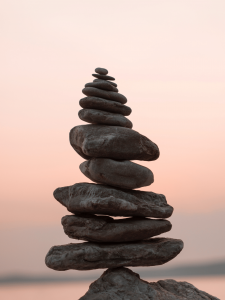There are basically 2 slightly different “types” of Chinese Medicine:
- Traditional Chinese medicine: the more well-known and used, it is a “user friendly” version of Classical Chinese medicine. It is effective in its interpretation but not as the Classical Taoist version. Probably the Modality – School – Branch you are using use the “physiology” of Traditional Chinese Medicine (TCM).
- Classical Chinese medicine: more ancient, and related to Taoism. When possible Knowlative will show preference for the “physiology” described in Classical Medicine because we think it is more accurate.
- The base concepts are almost the same in both forms of medicine, but advanced applications can differ hugely.
In
Taoism every aspect of the universe is divided into Yin and Yang aspects. To
further define the shades of Yin and Yang they defined the 5 Chinese Medicine Elements and they formulated the 5 Elements Theory. See 5 Elements – Wu Xing to read detailed information.
To
interact with the 5 elements in the body we use Acupuncture Points and
Meridians. To find where Acupuncture points are it is useful to know
that all measures in Chinese Medicine are relative to the dimensions of the
subject and are expressed in Cun – Distances in TCM.
The
two most used sets of Acupuncture points are:
- Alarm Points: used in Chinese Medicine to assess excess of energy in organs and in Kinesiology to relate what we are testing to a specific meridian.
- Ancient Shu Points: used both in Chinese medicine and in Kinesiology to diagnose and treat meridian unbalances.
To resume: in Kinesiology (AK or SK) we often use our reflexes to do a Meridian Energy System Balance using the knowledge of ancient Chinese Medicine.

